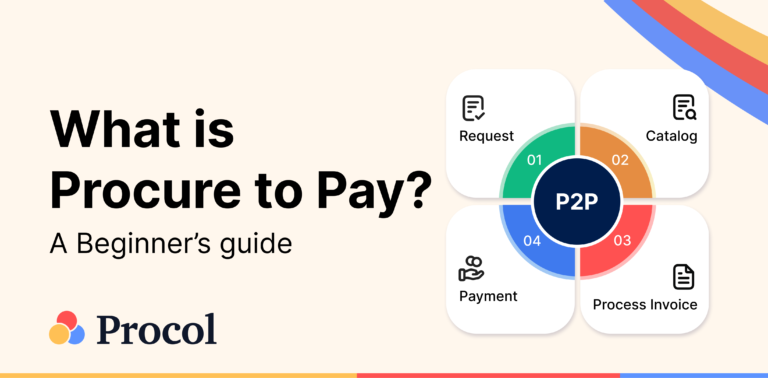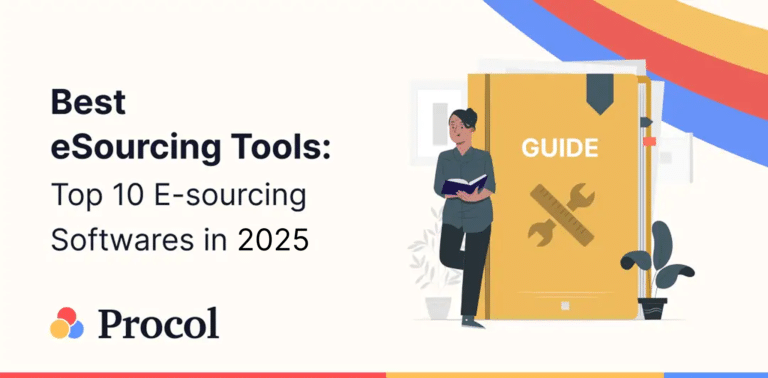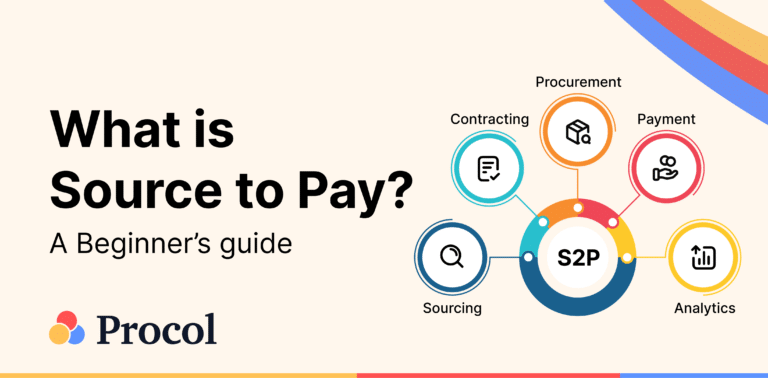What is Key performance indicators (KPIs) ?
A key performance indicator (KPI) is a quantifiable number that reveals how successfully a company achieves its main objectives. KPIs are used by organisations at different levels to evaluate their success in attaining goals. Low-level KPIs may concentrate on procedures in divisions like sales, marketing, HR, support, and others, whereas high-level KPIs may focus on the company’s overall success.
Too frequently, businesses mindlessly embrace well-known KPIs in the industry and then wonder why their operations aren’t reflected in them or don’t have any beneficial effects. The fact that KPIs are a form of communication is one of the most important yet sometimes ignored features of these metrics. They follow the same guidelines and best practices as other forms of communication. Concise, understandable, and pertinent information is much more likely to be retained and used.
Your team should start by understanding the organizational objectives you intend to achieve, who can take action on this information, and other fundamentals before designing a strategy for KPI formulation. You will better understand which business processes require the use of a KPI dashboard and who should be informed as this fact-finding trip progresses. As part of an iterative process, managers, department heads, and analysts should provide input.
Creating KPIs in 5 Simple Steps
The key to developing effective KPIs is comprehending the company’s goals and using a straightforward, organised procedure. Each KPI must address a particular business aim and offer timely, accurate information to gauge success in achieving objectives. Steps to develop effective KPIs include:
Establish a specific goal.
The goal of the KPI should be stated concisely and explicitly. A KPI objective can be to “”grow sales by 10% this financial year”” or “”Expand our product lines to 20″” if the company’s mission is to be the “”market leader.”” Anyone seeing the KPI is guided by how to interpret the data correctly.
Describe the standards for success.
What will be the objective? Is it feasible? When ought it to be completed? And how will the development be evaluated? Realistic goals should be set because it takes time to implement changes to corporate procedures. Concentrating on long-term goals with midterm monitoring in the early phases of KPI monitoring is advisable.
Gather the data
Look at the data’s accessibility and accuracy. Data may be automatically available from current systems or concealed in databases and reports. All this data will need to be gathered at regular periods for reporting in one location.
Construct the KPI formula.
Create formulas and computations using test data to determine if the outcomes match your expectations. Only a single statistic or indicator is included in some KPIs. But the majority relies on a mixture that is put together using a single mathematical formula. A KPI that gauges productivity in terms of income generated by a machine, for instance, might resemble this: Divided by the total number of devices is the total revenue.
Display your KPIs
To effectively explain your KPIs, you must convert the data into clear visuals, such as graphs and charts. There are handy ways to develop, track, and share KPIs, such as dashboards for operational KPIs or reports for strategic KPIs.






















